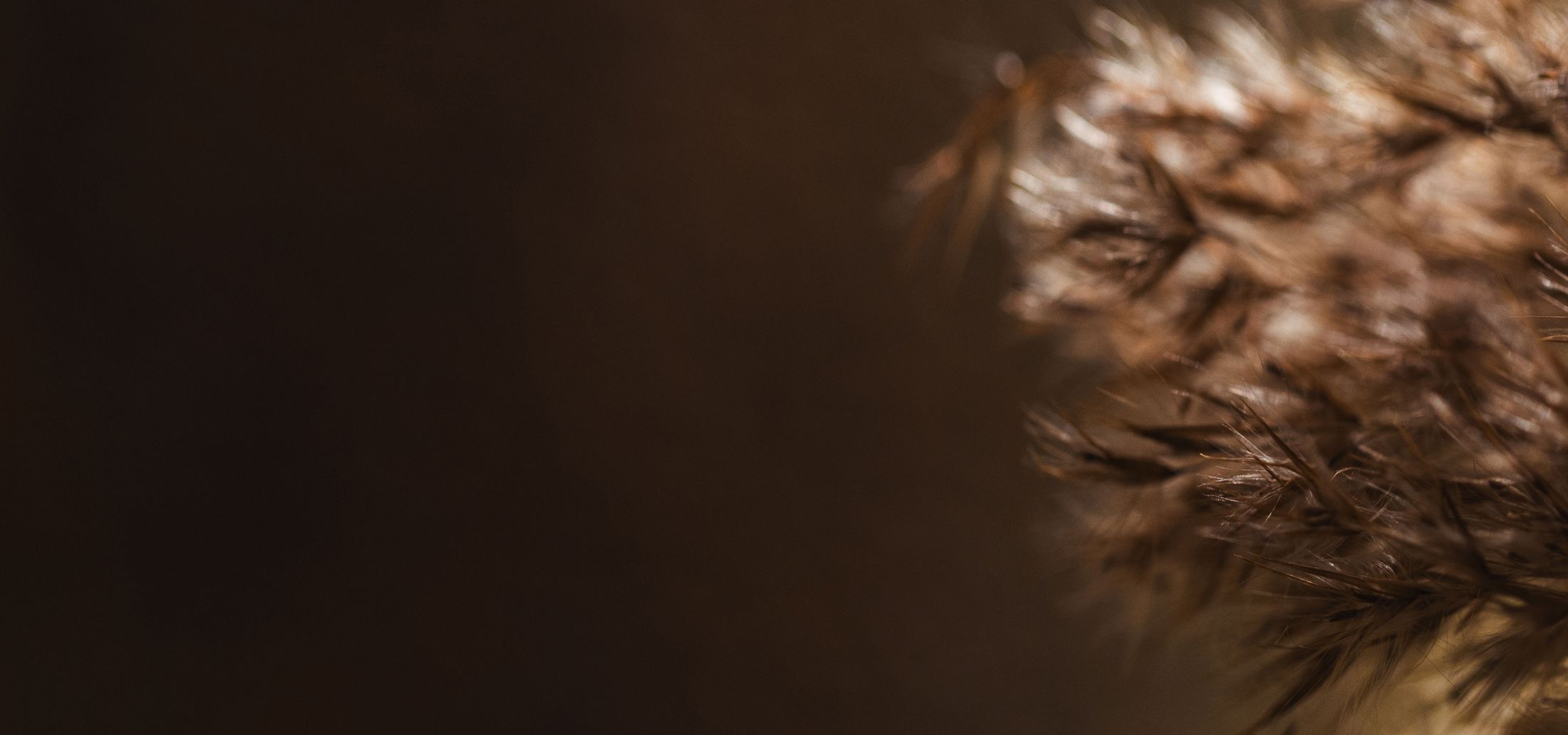Blepharoplasty Albuquerque, NM
Blepharoplasty

Blepharoplasty

Eyes Up
When it comes to blepharoplasty or eyelid surgery, precision and experience make all the difference. This transformative procedure addresses signs of aging around the eyes, such as drooping eyelids and puffiness, to create a brighter, refreshed appearance.
Dr. Elizabeth Blasberg of Elizabeth MD Facial Plastic Surgery offers extensive expertise in both upper and lower blepharoplasty, ensuring naturally beautiful, balanced results. Her meticulous approach, combined with advanced techniques, guarantees that every blepharoplasty is tailored to the patient’s unique needs. Contact us to explore whether blepharoplasty is right for you.


Lift, Brighten, Refresh
Blepharoplasty is the technical term for what is commonly referred to as eyelid lift surgery. Blepharoplasty can be performed on the upper eyelids (upper blepharoplasty), the lower eyelids (lower blepharoplasty), or both (four lid surgery). Upper blepharoplasty can be performed in the clinic under light sedation. Most upper blepharoplasty procedures involve straightforward removal of excess upper eyelid skin, occasionally with some removal of fat if needed.

Lower blepharoplasty is a complex surgery involving more than just eyelid skin. It requires special repositioning of the delicate structures surrounding your eye, including fat, ligaments, and muscles. Therefore, it is usually performed in the operating room under anesthesia as an outpatient procedure, meaning you will return home the same day. Stitches (sutures) are used to close incisions on the eyelids and stay in place for 4 to 5 days; then, they are removed in the clinic.
Upper blepharoplasty incisions are placed in the natural crease of the upper eyelid. Careful measurements are taken to ensure that the correct amount of eyelid skin is removed so as to obtain a beautiful outcome, but also avoids any difficulty closing the eyelids completely (lagophthalmos).
Enhance Your Eyes
Dr. Elizabeth will take the time to thoroughly understand your needs and concerns to determine if you are a good candidate for a blepharoplasty procedure.
She takes time to understand each patient’s goals, discussing options like upper or lower blepharoplasty and specific techniques that would be beneficial, such as the transconjunctival approach for lower lids. Dr. Elizabeth values open communication, ensuring that you understand the procedure and feel confident about your treatment plan.
1 of 2
1 of 2

Say Goodbye to Tired
On the day of surgery, Dr. Elizabeth will carefully mark the areas of incision. For upper blepharoplasty, she makes incisions along the natural creases of the eyelids to ensure that any scarring remains hidden.
In lower blepharoplasty, she uses a transconjunctival incision placed inside the lower eyelid to address under-eye bags and reposition fat, achieving a smoother appearance. For patients requiring a small amount of skin removal, a conservative subciliary incision just beneath the lower lashes ensures that excess skin is removed without causing long-term eyelid changes. Afterward, the incisions are closed with fine sutures to promote minimal scarring.
Transform Your Look
Our Albuquerque blepharoplasty effectively treats various aesthetic and functional concerns, including:
This procedure allows Dr. Elizabeth to create a naturally refreshed appearance that enhances each patient’s unique features.

Effortless Beauty
Blepharoplasty offers multiple aesthetic and functional benefits, including:


See the Possibility
Blepharoplasty is ideal for individuals in good health who want to reduce puffiness, drooping, or shadows around their eyes.
Whether due to genetics or age, if you’re experiencing changes in the skin or fat around your eyes, this procedure may be beneficial. Candidates should have realistic expectations and be free of any eye conditions that may complicate the procedure. Dr. Elizabeth will guide you through the options and help you understand what to expect from surgery.

Awaken Your Eyes
Most patients find that they require about a week of downtime for an upper eyelid surgery and about two weeks of downtime for a lower eyelid surgery. Common side effects include significant bruising, swelling of the eyelid(s) and tissues of the eye, mild to moderate pain, eye dryness or excessive tearing, temporary blurriness of the vision, sensitivity to light, and fatigue of the eyes. Swelling can persist for up to 6 to 8 weeks in some cases.
At home, you will lightly ice your incisions and eyes, apply prescribed ointment to the incisions, and use artificial tears frequently to moisturize the eyes. You will avoid driving until you are able to tolerate sunlight and move your eyes without fatigue or discomfort. The incisions may remain somewhat pink (or darker than surrounding skin in darker-skinned individuals) for up to six months but become nearly invisible by 1 year to 18 months.
To prevent the incisions from darkening and remaining visible permanently, it is absolutely crucial to protect this skin from the sun for a full 12 months after surgery. This means using SPF 50 or above and, whenever possible, a hat and/or sunglasses while outside.

Look as Vibrant as You Feel
Most patients begin to see improvements within a few weeks of surgery, though the final results will continue to develop over the next few months. The results of blepharoplasty are long-lasting, with patients often enjoying a refreshed, youthful appearance for 10–15 years. With proper skin care and sun protection, you can maintain your beautiful results even longer.
With proper care, blepharoplasty results can last 10–15 years, depending on individual factors and lifestyle.
Dr. Elizabeth strategically places incisions in natural creases or the inner eyelid to ensure any scarring is minimal and well-concealed.
Upper blepharoplasty focuses on removing excess skin and fat from the upper eyelids, while lower blepharoplasty addresses under-eye bags, hollow circles, and sometimes skin laxity.
Blepharoplasty is considered a safe procedure when performed by a qualified surgeon. Dr. Elizabeth will evaluate your medical history to ensure it’s the right choice for you.
Upper blepharoplasty recovery typically takes one week, while lower blepharoplasty may require up to two weeks before patients feel ready to resume normal activities.